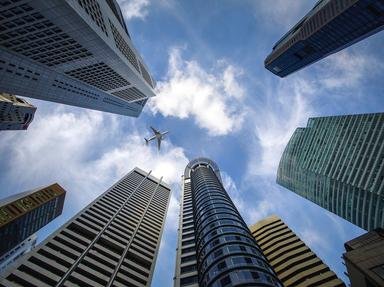
Sister Cities & Twin Towns Trivia Quiz
Alexandria on the Mediterranean coast is the second largest city in Egypt. Twinned with various cities, match this selection of Alexandria's twins to their countries. Note that some city names occur in more than one country.
A matching quiz
by suomy.
Estimated time: 3 mins.